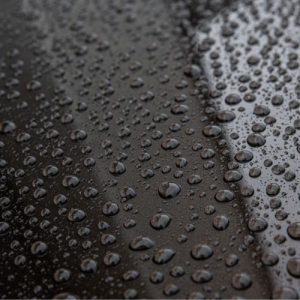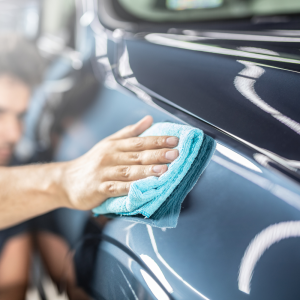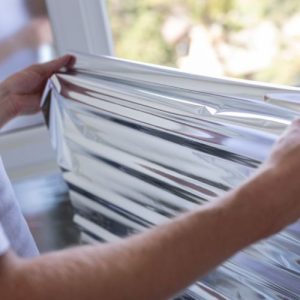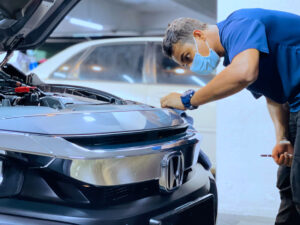Removing Rear Windscreen Tint Isn’t as Simple as It Looks
It’s a common situation—your rear windscreen tint has started to bubble, peel, or fade. You’re ready to get it replaced. But did you know that improper tint removal can permanently damage your rear windscreen’s heater lines (defogger)?
Unlike side windows, the rear windscreen contains delicate electrical lines responsible for defogging and defrosting. Using the wrong tools, scraping too hard, or applying excessive heat can break these lines—resulting in costly repairs or complete loss of defogging functionality.
In some cases, aggressive chemical solutions used to soften old tint glue may also corrode or weaken these lines if not handled carefully. Once damaged, the only fix may involve replacing the entire rear glass, which can cost several hundred ringgit or more—far exceeding the cost of professional tint removal.
This article explains why removing tint on the rear windscreen needs extra care, what risks are involved, and how to protect your car from unnecessary damage and repair costs. Always consider professional removal services with experience in handling rear windscreens to ensure your car’s safety and functionality remain intact.
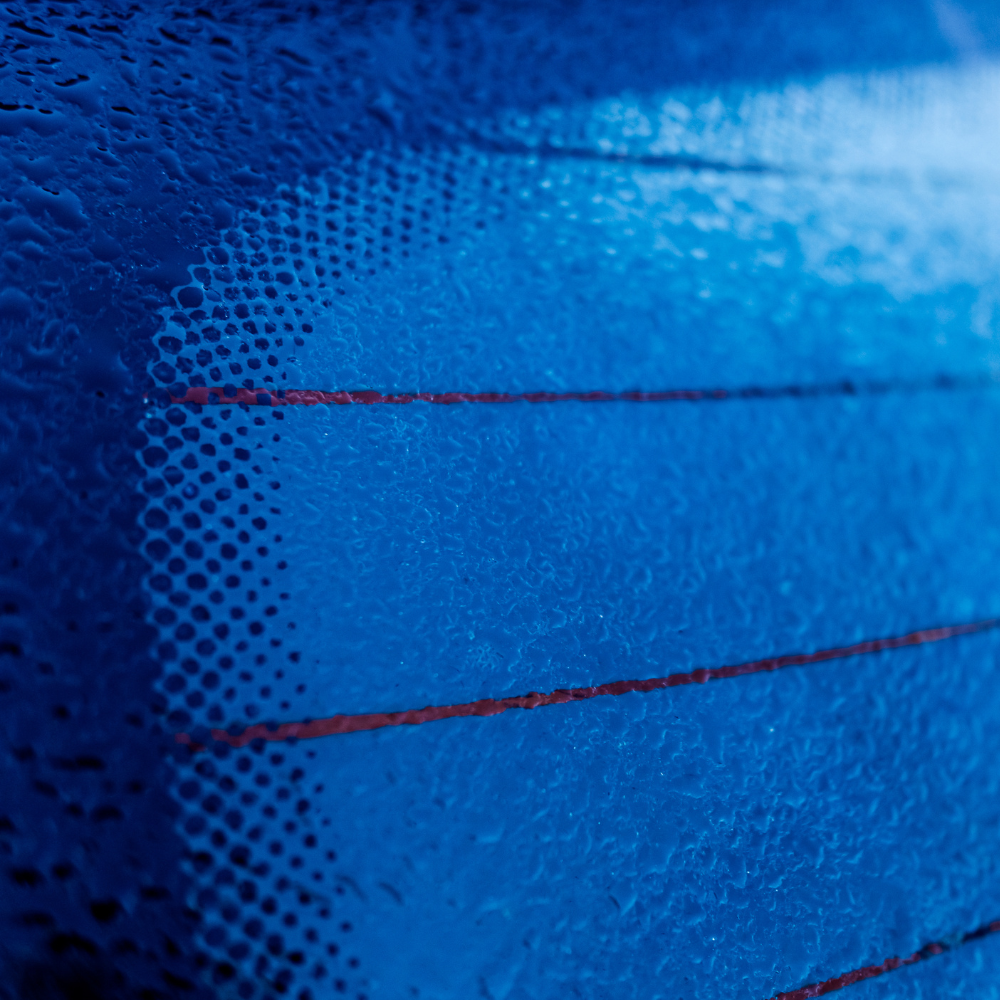
1. What Are Rear Windscreen Heater Lines?
Those thin horizontal lines you see across the rear windscreen? They’re electrical heating elements designed to remove fog or frost from your glass—commonly referred to as the “rear defogger.”
These lines are printed or embedded onto the glass and are very fragile. Once damaged, the heating function may be permanently lost or only partially work.
2. Why Tint Removal Is Risky for Rear Windscreen
Most window films are bonded tightly to the glass. When old tint is removed:
-
The adhesive can cling strongly to the heater lines
-
Peeling it off forcefully may lift or tear the heating elements
-
Using scrapers or blades increases the risk of scratching or breaking the lines
A single careless stroke can result in non-functioning defogger lines—especially in hot Malaysian weather where older tint adhesive becomes more stubborn.
3. Signs the Defogger Is Already Damaged
-
Only a portion of the windscreen clears during defogging
-
Entire lines fail to work
-
Visible gaps or tears in the heater lines after tint removal
Once damaged, the only solution may be replacing the entire rear windscreen, which is costly and time-consuming.
4. Can It Be Avoided?
Yes! Here’s how:
Always go to a professional tint shop like Shield Smith
Use heat gun techniques to soften adhesive before removal
Avoid razors or sharp tools directly on heater lines
Use chemical adhesive removers only with proper training
At Shield Smith, our technicians are trained in safe tint removal procedures that minimize risks, especially for rear windscreens.
✅ We use controlled heat and precision to peel off tint without damaging your car’s electrical components.
5. When Should You Replace the Tint?
If your tint is already:
-
Bubbling or cracking
-
Discoloring or reducing visibility
-
Causing heat build-up due to poor IR rejection
…it’s time to consider a safe replacement. But don’t DIY—leave it to trained pros who understand the sensitivity of rear windscreen removal.
Conclusion
Rear windscreen tint removal isn’t as simple as it looks. The defogger lines on your glass are delicate, and any damage can mean losing an essential car safety feature.
To avoid costly repairs and keep your car functioning at its best, always opt for professional services like those at Shield Smith.
💡 Having doubts about your tint? Drop by for a free consultation, and our team will advise whether it’s safe to proceed with removal.
Multilayer Sputtered Window Film
** Installement Plan Up To 24 Months**

